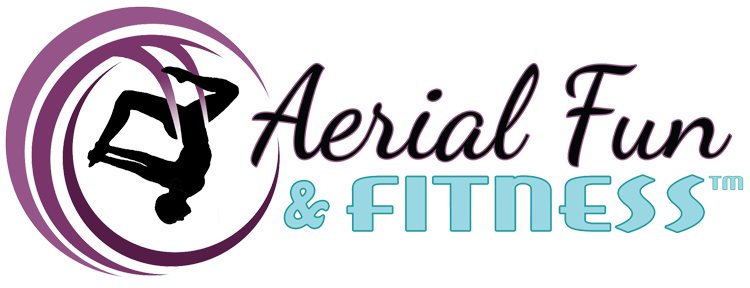"It goes where?"
Zina's Aerialosophy _ (get it aerial + philosophy)__
OCTOBER 2021
“It goes where?”
Learning new moves, whether for class or special event like showcase, can be a challenge . Have you had these thoughts upside down? My foot goes where? My knee does what? You want my belly where? How do I get my arm to do that? You want me to grab what? And point my toes? (I am laughing right now…)
These might be new body positions or when your upside down it feels like a new body position...where to place your arm or leg or thread your head or your foot or even rotate your belly or your torso a certain direction can be challenging standing up let alone being upside down.
STUDENTS: Here's some tips you can even do some of these at home especially during showcase time when you only have a fixed amount of time to learn a routine…
One of my favorite tools is practice on the ground what you're trying to do in the air. Yes it might feel a little awkward but it also will move your body in a new pattern and you might have some aha moments of all that's where that might go or talk yourself through it on the ground. this is something that you can even do at home. Plus another benefit to that is movement in all of your planes of motion.
A few other things that would be helpful and these you can also do at home. Break down each section into small parts and master each small part at a time.
Put things in your words whether it's verbally or write it out how you think.
Try visualizing what you're doing in your own mind
Then try reversing what you just did, go out the same way you went in.
When you're in class ask for a spot if you need it, or to clarify, and then remember to take a deep breath and be patient with yourself. **As we've joked in class if more than one person doesn't get it, the teacher might need to rephrase it or revisit it in the future. I know I have done that, smile.
TEACHERS: Break down the skills or teach in sections. Help your students learn quicker by
using your verbs first, require less thinking - reach, lift, turn, wrap, hook, thread, etc…
You might even need to break things down to right and left especially if they're complicated flows level 2 and above or find another way to say it. This can build on familiar skills and create some muscle memory on parts of the new skills before they get in the air. And as we mentioned to the students, get on the ground and demo skills with them. This is a great place to cover technique or safety items. Also demo in the air so they can listen before they get in the air and have to process everything at once.
Flying is a fun process and we all process and learn differently. You will get the skills, be patient, sometimes we need to breathe, sometimes we need good cues, sometimes we need to get stronger, sometimes we need the nervous system to fire the right muscles. But you will get there. Fly well!
